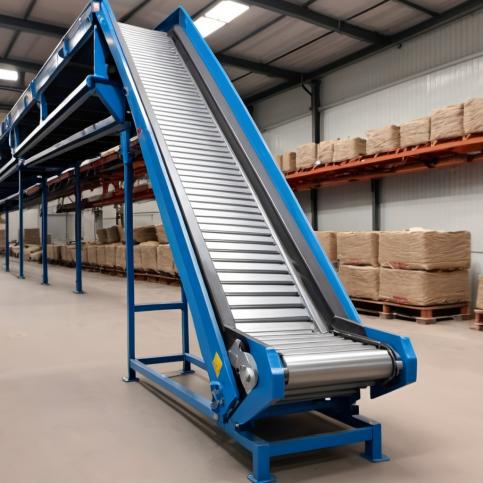
Basics Of Conveyor Backstop And Benefits For Incline Conveyors
Conveyor systems are a key part of material handling and manufacturing. Incline conveyors play a major role in transporting goods on a gradient. However, when the belt stops or reverses, it can cause major damage to the goods. To prevent this, manufacturers add accessories to the conveyors, one of them being backstops. Its basic workings and benefits are explored in this blog.
What Is A Conveyor Backstop?
A backstop is a mechanical device added to the conveyor that engages when a conveyor moves or slips in the backward direction. A ratchet-and-pawl mechanism is the most common way they operate. When the belt is moving in the forward direction, the ratchet moves freely. However, when the belt slips or moves in reverse, the pawl catches the ratchet, locking the belt in place.
Benefits Of Backstops
1. Protecting Goods From Damage
Unplanned slippage can lead to products toppling from the conveyor, especially when on an incline. Backstops prevent this from happening and prevent major damage to products.
2. Protecting The Conveyor
When the conveyor goes in reverse, it can damage the conveyor itself. Backstops are employed to protect the main structure, idlers, the belt, and other parts of the conveyors.
3. Reduces Downtime
Damage to the conveyor system is not only a major financial loss, but it also leads to a significant increase in downtime as it has to be repaired. Thus, backstops help prevent major downtime and protect the investment of manufacturers.
In conclusion, backstops are absolutely vital for incline conveyors.
Norpak Handling is a leading system integrator and distributor of conveyor products in Port Hope, Ontario. Our conveyor range includes gravity conveyors, roller conveyors, incline conveyors, chain conveyors, belt conveyors, plastic conveyors, accumulation conveyors, and much more. Our experts are also adept at designing custom solutions that match unique design and engineering specifications. Contact us today to learn more.









